The database is the first attempt to organize and systematize the available information on victims of trafficking in Bulgaria. It is based on publicly available information published in the annual reports of the National Commission for Combating Trafficking in Human Beings (NCATH). The first data were
published in the 2009 report of the NCTBH.
The annual reports cover data on trafficking cases provided by the National Commission against Trafficking in Human Beings, the Supreme Cassation Prosecutor’s Office, the State Agency for Child Protection, the International Organization for Migration and NGOs that provide services for victims.
The database is built on a minimum number of indicators, only those for which information is available from all institutions that provide data.
The database makes it possible to monitor the dynamics of the phenomenon of trafficking in human beings in terms of the following parameters: year, sex, age, type of identification and type of exploitation.
The database will continue to be updated with information for the coming years.
ATTENTION!
THE DATABASE OFFERS ESTIMATED VICTIM DATA, NOT EXACT INFORMATION.
The reason is that at the time of the creation of the Database, there were significant methodological flaws and limitations. The different institutions and organisations involved in the work on cases of victims of trafficking keep their own statistics, using different indicators, criteria and definitions for the different forms of trafficking. There is a lack of a unified methodology for meaningful statistics covering all aspects of work on trafficking cases – from the profile of victims, to the services provided, to the outcomes of prosecutions.
- The database includes only identified (formal or informal) trafficking cases. In reality, there are many more victims.
- Due to the lack of an inter-institutional methodology for data collection, duplication of cases cannot be avoided at the moment. If more than one institution has worked with a victim, each of the organisations that have been in contact with the victim includes the case in the data provided.
- The data is incomplete. For example, an institution has provided information on the number of victims of labour exploitation it has worked with without clarifying how many of them were men, women, boys or girls. This information cannot be recovered retrospectively.
- The Office of the Public Prosecutor provides data on all cases it handles on an annual basis, not just on newly filed cases in a given year. This has necessitated a proportionate artificial reduction in reported cases backwards in time.
- The prosecution does not separately collect information on some forms of trafficking such as begging, petty crime and forced marriage.
- There is no data of trafficking for forced criminality.
- There is no data on the number of foreign nationals victims of trafficking.
- There is no data if one person is a victim of several forms of trafficking.
- There is no data if a person is a repeat victim of trafficking.
- There is no data on the number of cases of internal (within the country) and external (transnational) trafficking.
- Only some institutions provide data on countries of destination.

